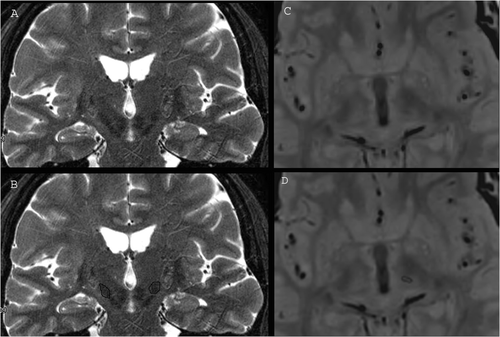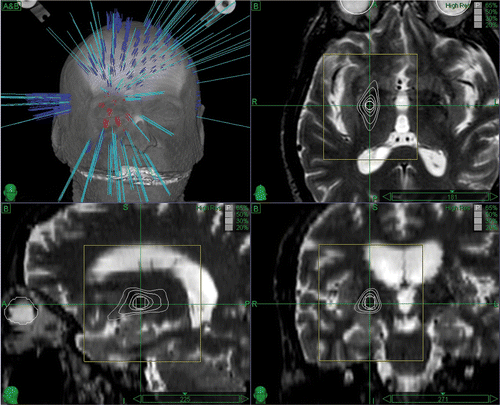Figures & data
Table I. Series of SRS for movement disorders.



